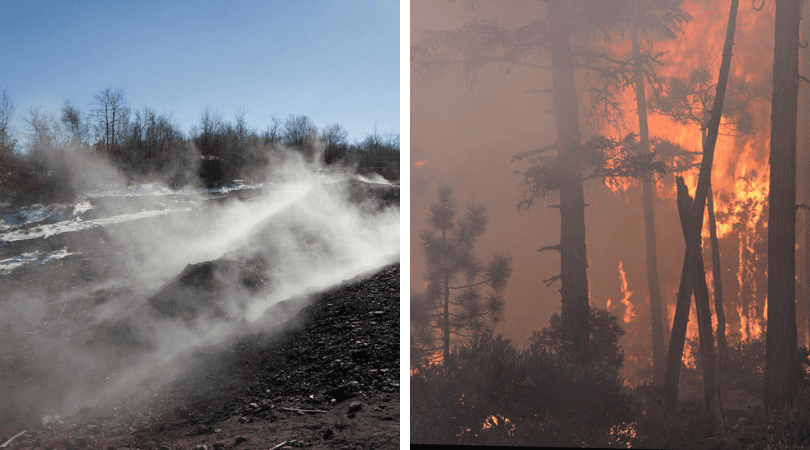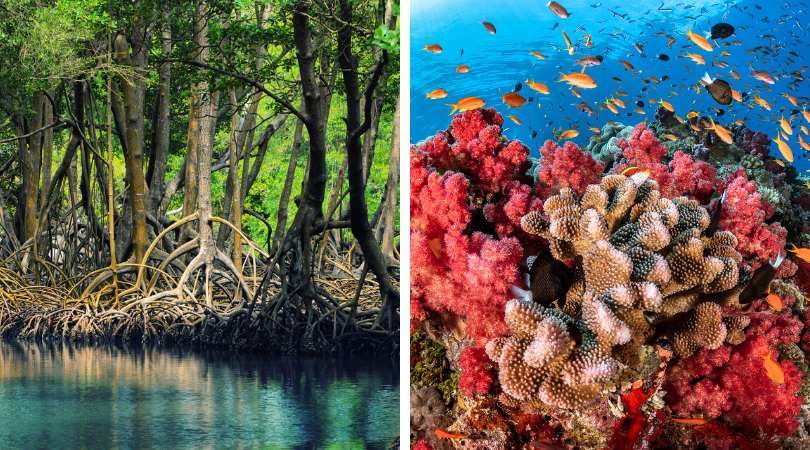
by Shadow Habitat | Jul 30, 2021 | Science Communications
Peatlands, like the Shadow Lake Bog, are the most carbon-dense ecosystems on the planet. Peat bogs not only store carbon from thousands of years of decomposing organic matter, but absorb carbon dioxide (CO2), including carbonproduced by human...

by Shadow Habitat | Jun 28, 2021 | Science Communications
Memorable or striking species often receive the most conservation protection. Cute animals like panda bears and brightly colored animals like birds come to mind initially when picturing an ecosystem. Although these mammals, birds, and reptiles are...

by Shadow Habitat | May 18, 2021 | Science Communications
In the Pacific Northwest, we value salmon for a multitude of reasons, but the first that comes to mind may not be that they increase bird abundance and diversity. In a study completed by Marlene Wagner and John Reynolds, they found that more birds habited streams and...

by Shadow Habitat | Apr 16, 2021 | Science Communications
Around the world, wildlife and humans alike are facing major challenges for survival. One of our severe challenges is that over 700 million people lack basic access to safe water. Bacteria, viruses, and parasites that live in water infect humans every day and are...

by Shadow Habitat | Mar 15, 2021 | Science Communications, Wetlands
Wetlands are sometimes referred to as the kidneys of the landscape because they function as the receivers of waste and filters of water from both natural and human sources. Different types of wetlands provide a wide range of ecosystem services. Ecosystem...

by Shadow Habitat | Feb 10, 2021 | Science Communications
Coastal habitats like marshes, coral reefs, and mangroves are threatened by urbanization and development. These habitats when intact provide not only recreation, but also fish production, protection from storms, intrinsic cultural values, and other...









Recent Comments